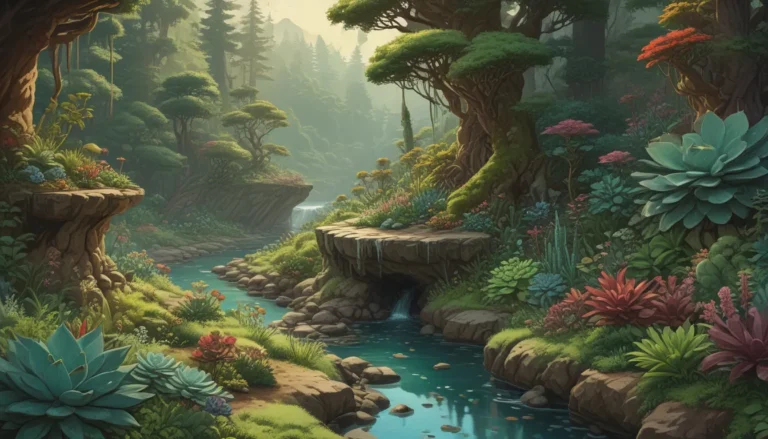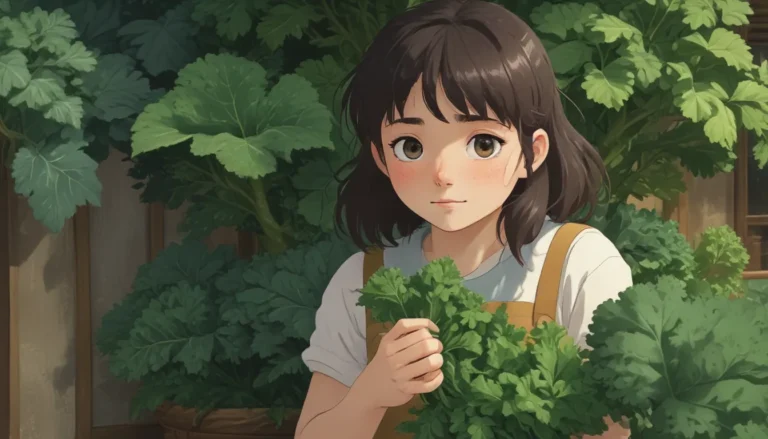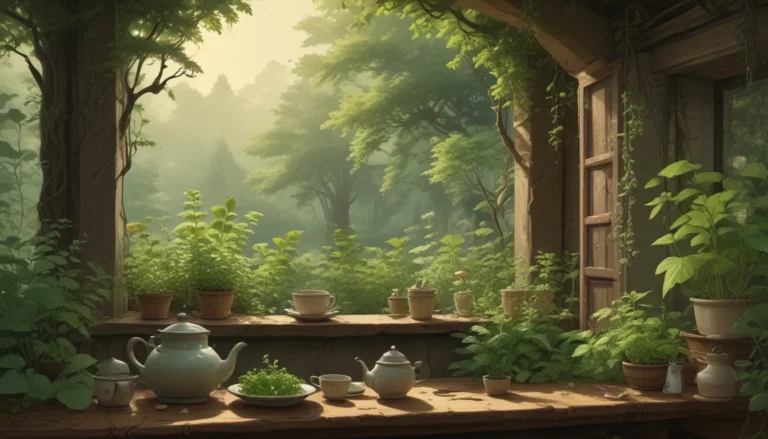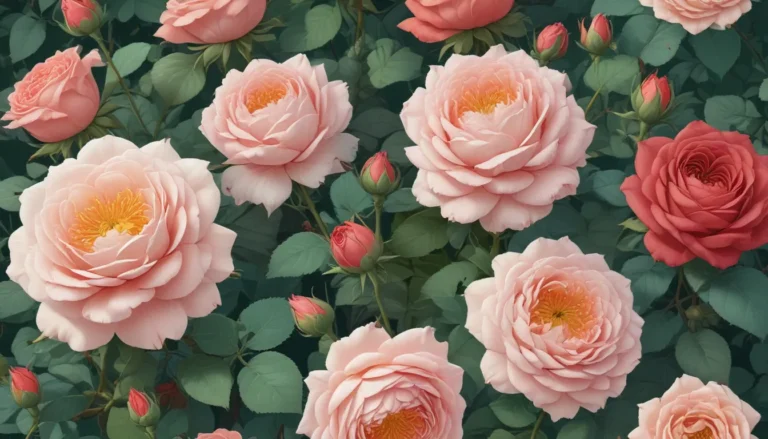The Comprehensive Guide to Understanding Your Garden Soil
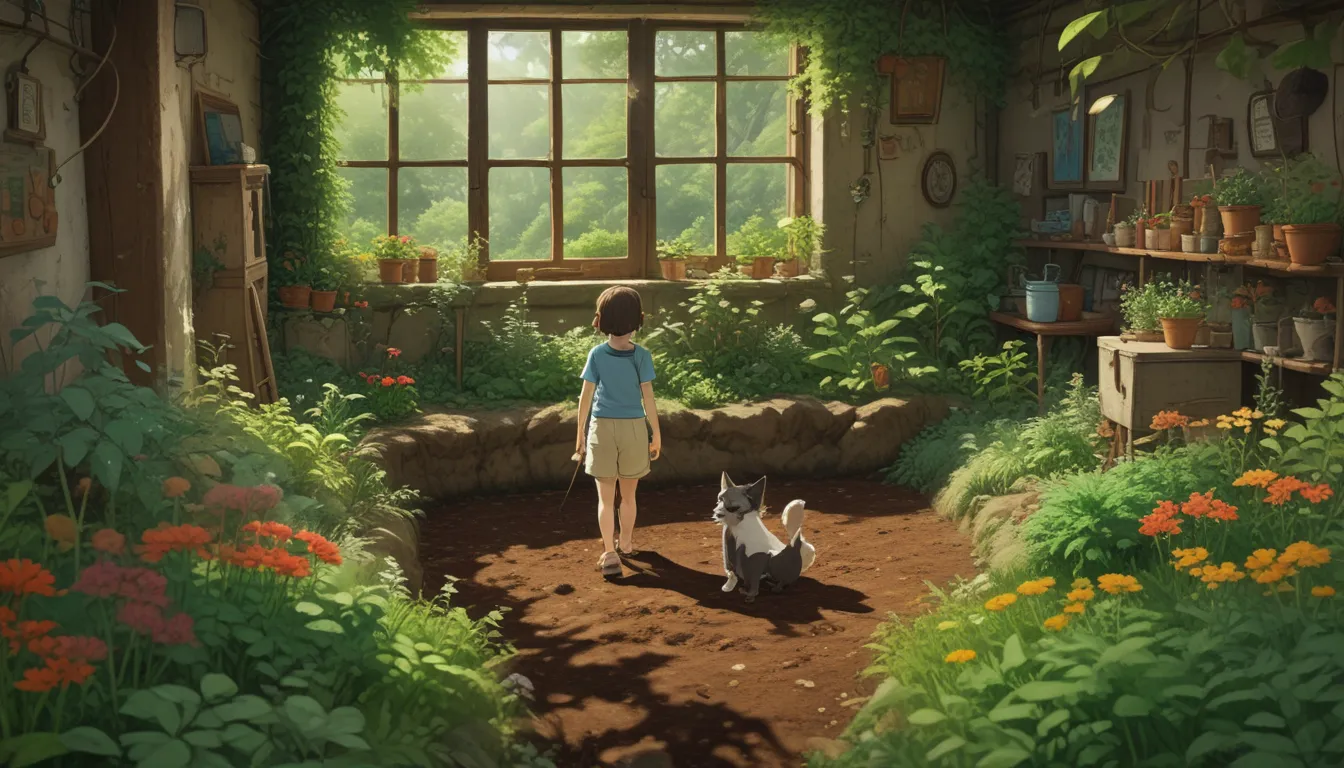
Have you ever stopped to think about the intricate world of soil beneath your feet? As gardeners, our plots’ soil is our most precious asset. The more we understand this vital element, the better our plants will thrive, and our gardens will flourish.
Soil is not just dirt; it’s a complex mixture of organic material, rocks, minerals, air, water, and microscopic organisms. These include fungi, bacteria, ants, and earthworms. The organic matter in soil, known as humus, is essential for plant growth, providing nutrients and structure.
When it comes to gardening, knowing your soil types is crucial. From loamy to chalky, each soil type has unique characteristics that can impact plant health and growth. Here’s what you’ll learn in this comprehensive guide:
What You Will Learn
- What Is Soil?
- Soil Types
- Structure vs. Texture
- Acid and Alkaline
- Right Plant, Right Place
- Improving Your Soil
- Containers Can Be the Answer
- Take the Time to Test
What Is Soil?
The earth beneath your garden is a vibrant ecosystem teeming with life. It consists of layers, with topsoil being rich in nutrients, air, and organic matter, while subsoil is denser and less fertile. Plant roots thrive in this environment, absorbing nutrients, air, and water to support growth.
But soil isn’t just a static substance; it has different types that affect plant health and growth. Understanding these soil types is essential for successful gardening.
Soil Types
There are six basic soil types:
– Loamy
– Silty
– Chalky
– Clay
– Peaty
– Sandy
Each soil type has its unique characteristics, from the dark, crumbly texture of loamy soil to the compacted nature of clay soil. Knowing your soil type can help you choose the right plants and take steps to improve soil quality.
Structure vs. Texture
Soil structure and texture play a vital role in plant growth. Aggregates, or soil particles, come together to form soil structure, which can be granular, crumbly, blocky, or columnar. The gaps between these particles allow air and water to penetrate the soil, nourishing plant roots.
Texture refers to how soil feels when aggregates bind together. The shape of soil particles determines its texture, impacting water retention, drainage, and nutrient availability. Understanding soil structure and texture is key to creating a healthy growing environment.
Acid and Alkaline
Soil pH, or acidity, is a crucial factor in plant growth. Different plants thrive in specific pH ranges, with acid-loving plants like rhododendrons preferring acidic soil, while alkaline-loving plants like lilacs thrive in alkaline conditions. Testing your soil pH and adjusting it accordingly can ensure your plants thrive.
Right Plant, Right Place
Choosing the right plants for your soil type is essential for successful gardening. Plants like Russian Sage and Hostas thrive in heavy clay soil, while Achilleas and Agapanthus prefer light, well-draining soil. By selecting plants that match your soil conditions, you can create a thriving garden.
Heavy Soil
- Grasses: Panicum, Miscanthus, Pennisetum
- Sea Holly: Eryngiums
- Rudbeckia: Goldsturm
- Russian Sage: Perovskia atriplicifolia
- Daylilies: Hemerocallis
- Hostas
- Garden Geraniums: Cranesbill
- Heuchera: Coral Bells
Light Soil
- Achilleas
- Agapanthus
- Borage
- Centranthus: Valerian
- Hyssop
- Bearded Iris
- Lupines
- Poppies
Wet Soil
- Joe-Pye Weed: Eupatorium Purpureum
- Primula Japonica
- Myosotis
- Creeping Jenny: Lysimachia nummularia ‘Aurea’
- Lobelia Cardinalis
- Ligularia ‘The Rocket’
Poor Soil
- Origanum
- Lavender
- Sedum ‘Purple Emperor’
- Nepetas
- Stipa Gigantea
Sandy Soil
- Hippophae Rhamnoides
- Tamarisk
- Armeria Maritima
- Dianthus Alpina
- Saxifrages
Woodland Environments
- Hellebores
- Primroses
- Snowdrops
- Wood Anemone
- Ferns
- Hostas
- Vinca
- Ajuga
- Dicentra
- Aquilegia
Improving Your Soil
Depending on your soil type, you may need to amend your soil to improve its quality. Light, poor, and sandy soils benefit from adding manure and compost for added nutrients and water retention, while heavy soils require grit to improve drainage. By amending your soil, you can create an ideal growing environment for your plants.
Containers Can Be the Answer
If your garden soil is less than ideal, growing plants in containers can provide a solution. Container gardening allows you to create the right soil conditions for your plants and control moisture levels more effectively. By choosing the right containers and soil mix, you can grow a wide variety of plants in any garden setting.
Take the Time to Test
Understanding your soil and choosing the right plants can transform your garden into a thriving oasis. By testing your soil, amending it as needed, and selecting plants that match your soil type, you can create a beautiful and successful garden. Experiment with different plant varieties and growing conditions to find the perfect balance for your garden.
Have you noticed a change in your plants’ health after adjusting your soil conditions? Share your gardening experiences in the comments below!
For more gardening guides and tips, explore our selection of articles:
– The Benefits of Companion Planting
– Cultivating a Survival Garden
– Cover Crops for the Home Garden
– The Science of Soil Health
Embrace the diversity of soil types in your garden and watch your plants thrive in their ideal growing conditions. Happy gardening!
*Photos by Sheila Muckle,


